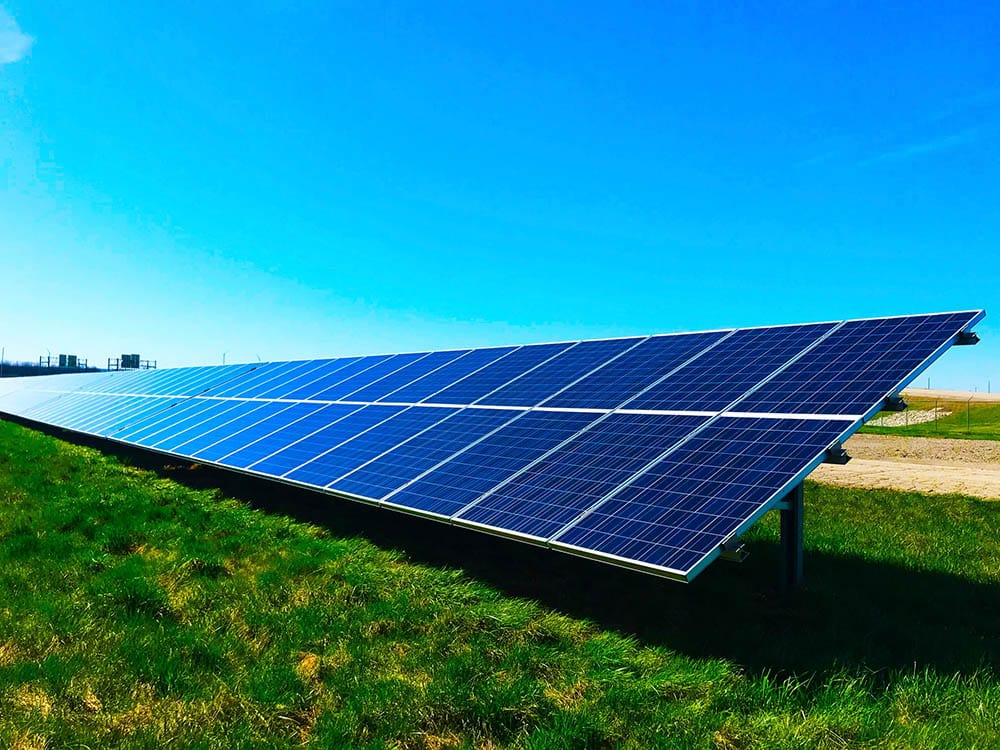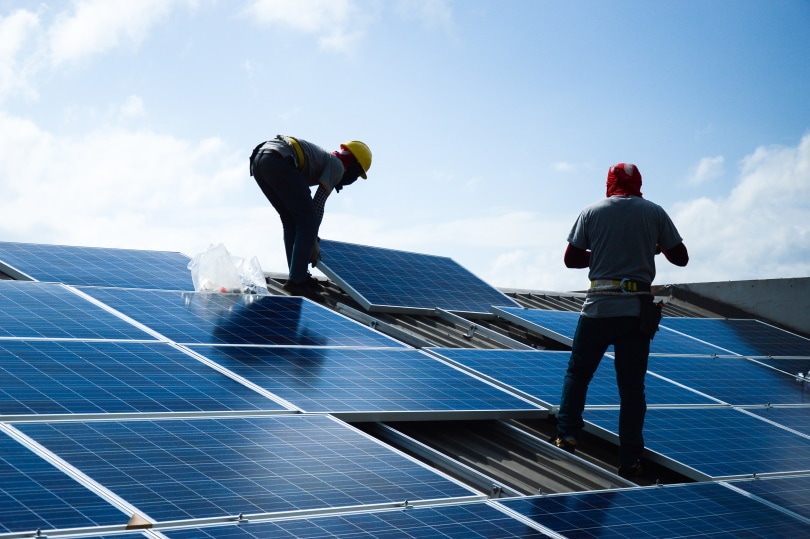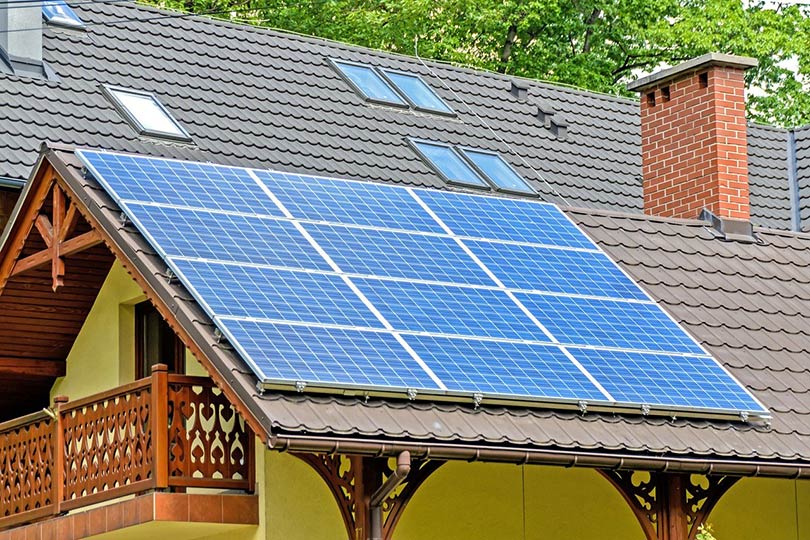How Much Do Solar Panels Cost? What You Need To Know!
-
Chris Dinesen Rogers
- Last updated:

Two facts speak volumes about solar power. First, the concept of sunlight providing an energy source is as old as humankind. Second, solar panel technology is much older than you think, going back to the late 1800s. Several factors affected its development that still plays a role today in the cost of solar power. The pace of technology and the expense of R&D with the subsequent installation lie at the core.
The answer to the question of how much it costs to install solar panels continues to evolve at a record pace. The most dramatic growth has occurred in the public sector, with over 110 gigawatts (GW) of installed capacity. These factors are essential in our discussion of the cost of solar panels since advancing technology is a determining element driving the changes in prices.
Efficiency has been the proverbial Achilles’ heel of solar power adoption, with a capacity factor of only 24.9% for photovoltaic panels. Compare that to nuclear, which has a 92.5%. These figures represent the electrical energy output of a given source. It also comes into play with the cost. On the positive side, a lot of research continues to improve solar power and make it a more viable source on all fronts.

History of Solar Panel Pricing

A direct relationship exists between the price of solar panels and technology. The cost of materials is another issue, complicated by the fact that China and Russia are among the top players. Experts use the dollar value by watt for comparison. It was $5.79 in 2010. In 2020, it had dropped by almost 80% to $1.25. That’s reflected in the installation cost, which went from $40,000 to $20,000.
It isn’t easy to get a precise price range for a solar panel installation because of the many factors influencing the costs. That’s why you’ll see offers to draw up quotes instead. Recently, Tesla announced a lowest-price guarantee. However, the company’s website lists a range between $10,000–$30,000 before incentives, depending on the size of the installation.
Bear in mind that the panels only scratch the surface of what you need to get for your solar power installation. You must also have a charge controller, power meter, battery backup, mounting racks, and an inverter. You may need other parts, depending on your home’s individual setup.
Factors Affecting the Price of Solar Panels

One of the factors fueling the burgeoning solar power industry has been local, state, and federal incentives, typically in the form of tax breaks. Several financing options exist, too, which can make it less painful to invest in solar. A more realistic way to view this power source is its ROI. That’s the amount of time that it will take you to recoup your initial investment.
Suffice to say that this figure has followed a similar path as the other stats we’ve quoted.
You’ll often read that solar power is worthwhile because sunlight is free. While that’s true, it’s a broad assessment because of the varying patterns of direct sun. The National Renewable Energy Laboratory publishes maps that show the direct normal irradiance (DNI) of the United States expressed as kWh/m2/day. The higher the figure, the better the potential.
The annual DNI for the United States shows that the southwestern portion of the country offers the best opportunities for solar power. That’s a vital part of the equation of the cost of solar panels, including your ROI. The Pacific Northwest and New England Coast lie on the other end of the spectrum. That doesn’t mean you should write off solar power necessarily.
Other opportunities exist to capture solar energy and supplement it by staying on the power grid to cover the shortfalls. However, like most other industries, the solar power sector has felt the burden of supply chain issues, which are another factor in the cost across the board, from solar-powered outdoor lights to RV solar panels. The industry will likely see some volatility until these problems are resolved.
Types of Solar Panels

Solar power works by converting sunlight into electricity. Manufacturers put photovoltaic cells into modules and arrays to deliver the desired amount of electric current. It’s not unlike building blocks. An inverse relationship exists between efficiency and cost. Types of solar panels you’ll likely see include:
- Silicon
- Monocrystalline
- Polycrystalline
- Thin film
- Cadmium telluride
- Copper gallium indium diselenide
Monocrystalline, polycrystalline, and thin-film solar panels are the ones usually found in residential installations. All have pros and cons, often involving tradeoffs between cost and efficiency. It’s not a one-size-fits-all solution. Things that will affect which will make a better choice include:
- Physical site
- Geographical location
- Roof condition
- Mount type
- Grid access
The Future of Solar Panel Development
The last ten years have seen remarkable progress in the solar power industry. It’s likely to continue with emerging technologies that will directly affect your cost. One of the most promising is perovskite solar cells. Recent research has revealed ways to overcome the shortcomings of the technology with improvements in stability and lifespan.
It’s likely that perovskite solar cells will bring down the cost of panels even more if researchers can further improve their durability and efficiency. Early findings show the potential to take this industry to the next level.

Final Thoughts
Pricing solar panels isn’t a matter of simply looking them up in a catalog. There are many types, along with new materials being refined as the demand drives the technology. In the last ten years, the decreases show that solar power is well on the way to becoming more affordable and accessible to homeowners looking for a renewable energy source.
No energy source is without its problems. Solar power is no exception. Price is one of the glaring issues facing it. Luckily, research in this field is active, which will ultimately decide how much solar panels cost.
Featured Image Credit: Piqsels
Contents
